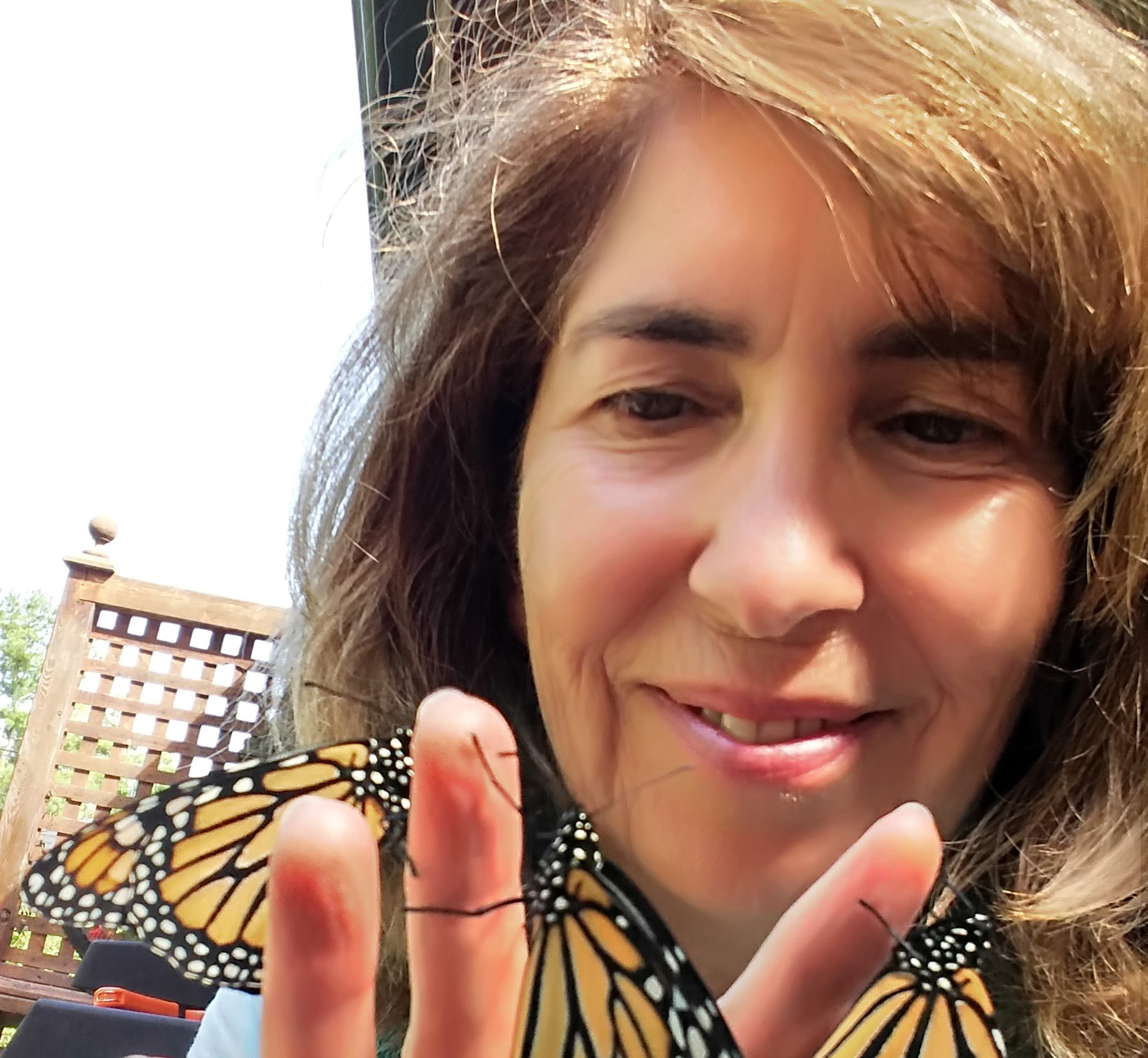It may be that only time can mend a broken heart, but a University of Toronto researcher has come up with a way to repair a damaged one, using patches of specially engineered tissue.
Almost three-quarters of the 70,000 Canadians each year who have heart attacks survive. But even those who appear to recover fully sustain some permanent heart damage, since the attack temporarily slows or stops the flow of oxygen-rich blood to the heart muscle, causing cells to die. Scar tissue, made of tough collagen fibres, moves in quickly but, unlike normal heart tissue, doesn’t beat because it’s more rigid and inflexible. It can’t contract. The damage worsens over time and can lead to the disabling and potentially fatal condition of congestive heart failure.
Since the heart can’t heal itself, bioengineer Milica Radisic, 32, is looking at ways to replace scar tissue using tissue engineering and stem cell technology. Previous attempts to inject stem cells into damaged hearts have had limited success, as 90 per cent of the stem cells either die or are washed away. But Radisic, an assistant professor in the Institute of Biomaterials and Biomedical Engineering and the department of chemical engineering and applied chemistry, is growing patches of beating heart tissue in the lab. “My idea is that for a little scar, this can patch over it,” she says. “If it’s a big scar that goes through the entire ventricular wall, a surgeon would fi rst excise it and then replace it with the lab-grown tissue.”
Radisic began by seeding cardiac cells from newborn rats into a porous collagen sponge. While earlier studies had experimented with stimulating such cells mechanically, Radisic hit upon the idea of using electrical stimulation, like that from a pacemaker, to get the cells to contract, as if they were beating. The cells responded beautifully, growing into full tissue as the collagen sponge biodegraded. “Over six or seven days, the cells started behaving like real heart tissue,” Radisic says. She got equally good results when she repeated the study using cardiac cells from mice.
Radisic’s current studies involve the same protocols, but using human embryonic stem cells to create a small, dime-sized patch of heart tissue. She’s also injecting various lines of stem cells into the engineered tissue to see what improvements might result and which stem cells are the most likely to proliferate and survive.
So how excited should we get about Radisic’s research? “Very!” she responds. “We can make tissue in the lab that resembles real tissue.” The work could lead to techniques for repairing heart damage caused by other conditions, such as diabetes. Massachusetts Institute of Technology has already noticed Radisic’s research: a recent issue of the MIT Technology Review named her one of 2008’s Top 35 Inventors Under 35.
Recent Posts
U of T’s 197th Birthday Quiz
Test your knowledge of all things U of T in honour of the university’s 197th anniversary on March 15!
Are Cold Plunges Good for You?
Research suggests they are, in three ways
Work Has Changed. So Have the Qualities of Good Leadership
Rapid shifts in everything from technology to employee expectations are pressuring leaders to constantly adapt





